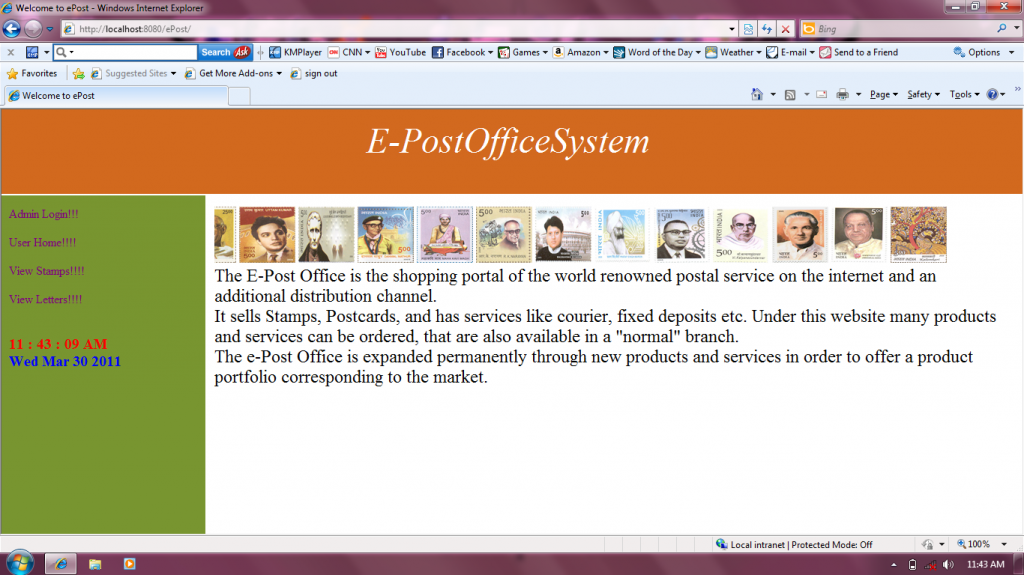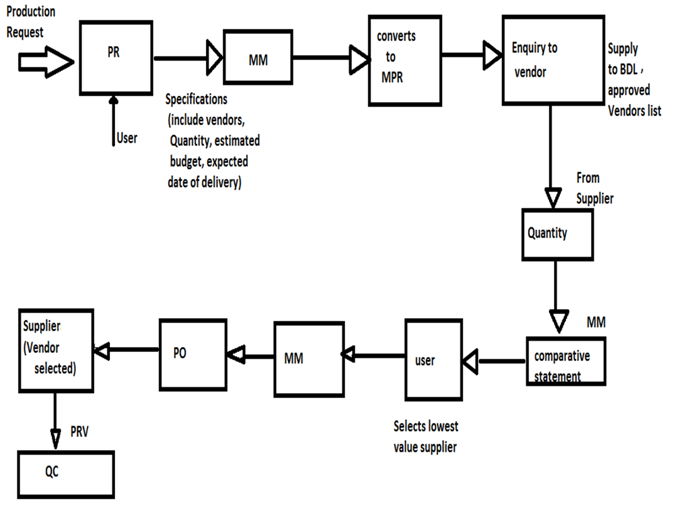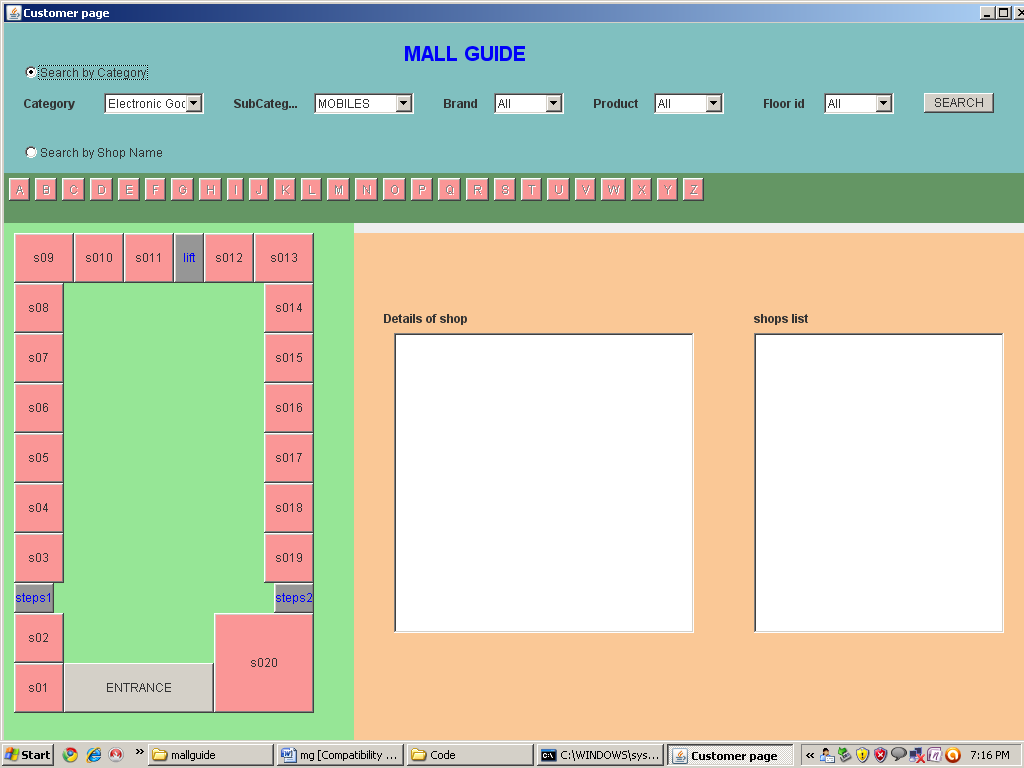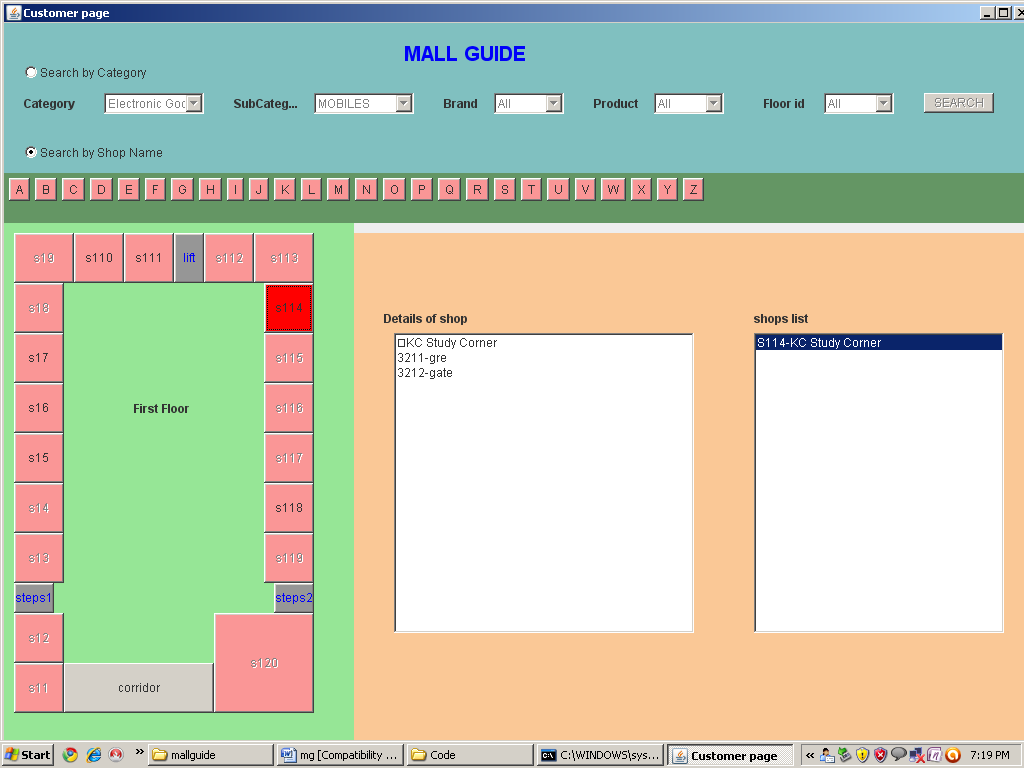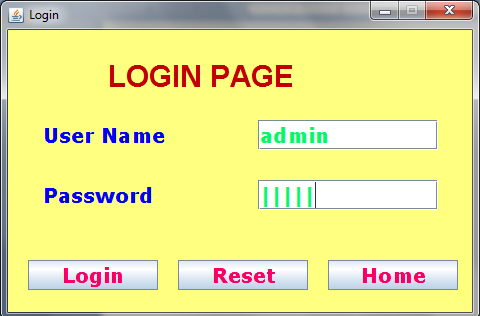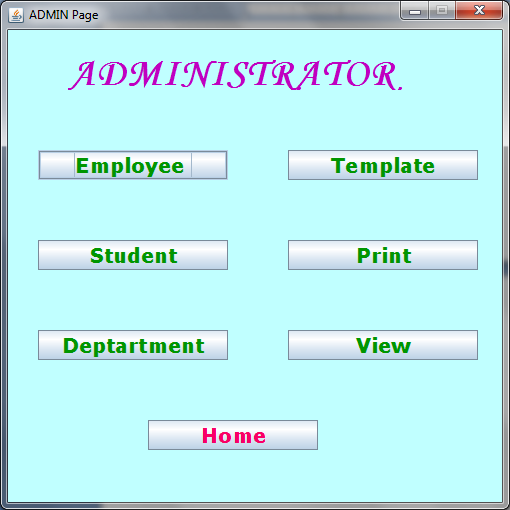The e-Post Office is the shopping portal of the world renowned postal service on the internet and an additional distribution channel. It sells Stamps, Postcards and has services like fixed deposit bonds, paying phone bills etc. This help in managing the orders and user requests properly for the website administrator, and it also provides an opportunity to the user of the site to act as customer in the process of purchasing the stamps, letters in order list, the customers can visit and purchase products any time and any place through online the customers can also compliant and send request/gives regarding services needed for the purchased products.
Previous methods:
In the existing “e-Post office System ”, and organization provides and opportunity to the customer of the website to purchase products like stamps, letters and depositing the money online. It allows the user to purchase different categories of stamps and letters that are being displayed in the site.
The existing system doesn’t provide an opportunity of hosting request to administrator about required products that are not in the site.
In this system there is no provision for the customers to directly complaint about any problem encountered in the products purchased, and it doesn’t allow the customer to interact with website to send their opinions. These problems are solved in the proposed system.
Project approach motivation of the project:
The proposed system “e-Post office system” will include all the features carried out by the existing system and also certain additional features so that this project will form a definite improvement. It is proposed to make the system extremely user friendly with well-designed screens and limited inputs. It is also proposed to include the list of various features which makes the system very convenient to use.
The project is based on how products are sold in the site, and how users interact with administrator. The interaction between the customers and administrator is useful to know the views/requests of the customer so that the website becomes more interactive.
THEORY AND DESIGN
Study of the system:
The e-Post Office is the shopping portal of the world renowned postal service on the internet and an additional distribution channel. It sells Stamps, Postcards and has services like fixed deposit bonds, paying phone bills etc.
The system after careful analysis has been identified to be presented with the following modules:
1. Admin Module
2. Customer Module
Admin Module:
Administrator collects all the details of the countries like country code, name, postal stamps and adds this information to the portal.
Adds the product details like Stamps, covers (inland).
Adds the Employee details.
Administrator can introduce new policies day by day. For example postal insurance is a policy. The admin can add new policies for different age groups, some for children, and some for senior citizen, some for students, and some for employees.
In the commemoration of persons, ethical, social, national and international issues the administrator can create new stamps. And the same information is added to the central database.
Customer Module:
Customer raises the Bulk orders for stamps and envelops of all countries through online.
Customer can view the status of the term deposits made.
Customer can pay the electricity bills online and view the status.
Requirement Specification:
Software Interface:
- Operating System : Windows XP or any
- User Interface : HTML, CSS
- Client-side Scripting : JavaScript
- Programming Language : Java
- Server-side Scripting : JSP
- Database : Oracle 10g
- Server Deployment : Tomcat 5.x
Hardware Interface:
- Processor : Pentium IV or later
- Hard Disk : 40GB or more
- RAM : 512MB or more

